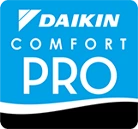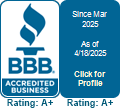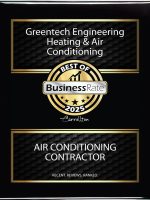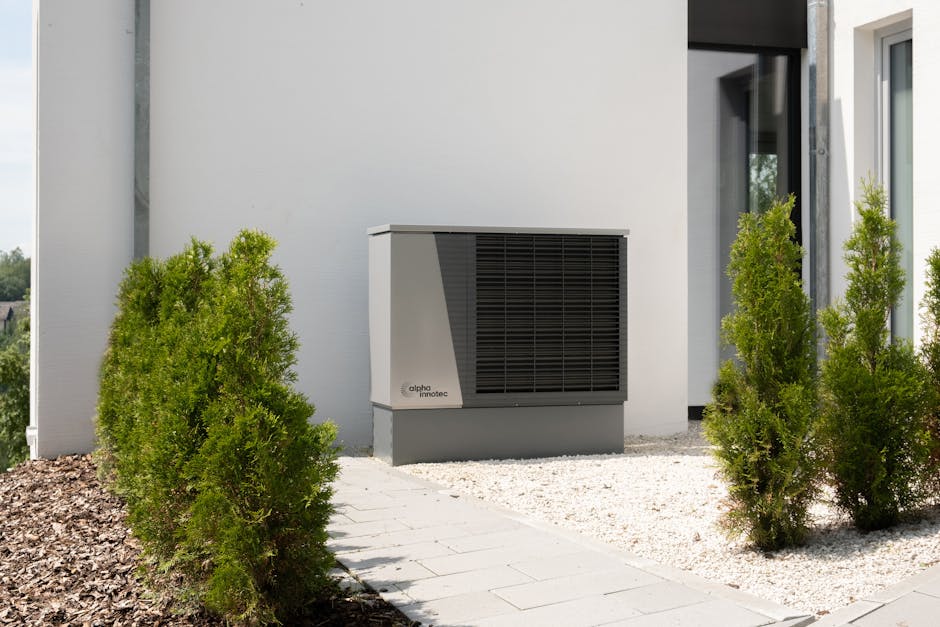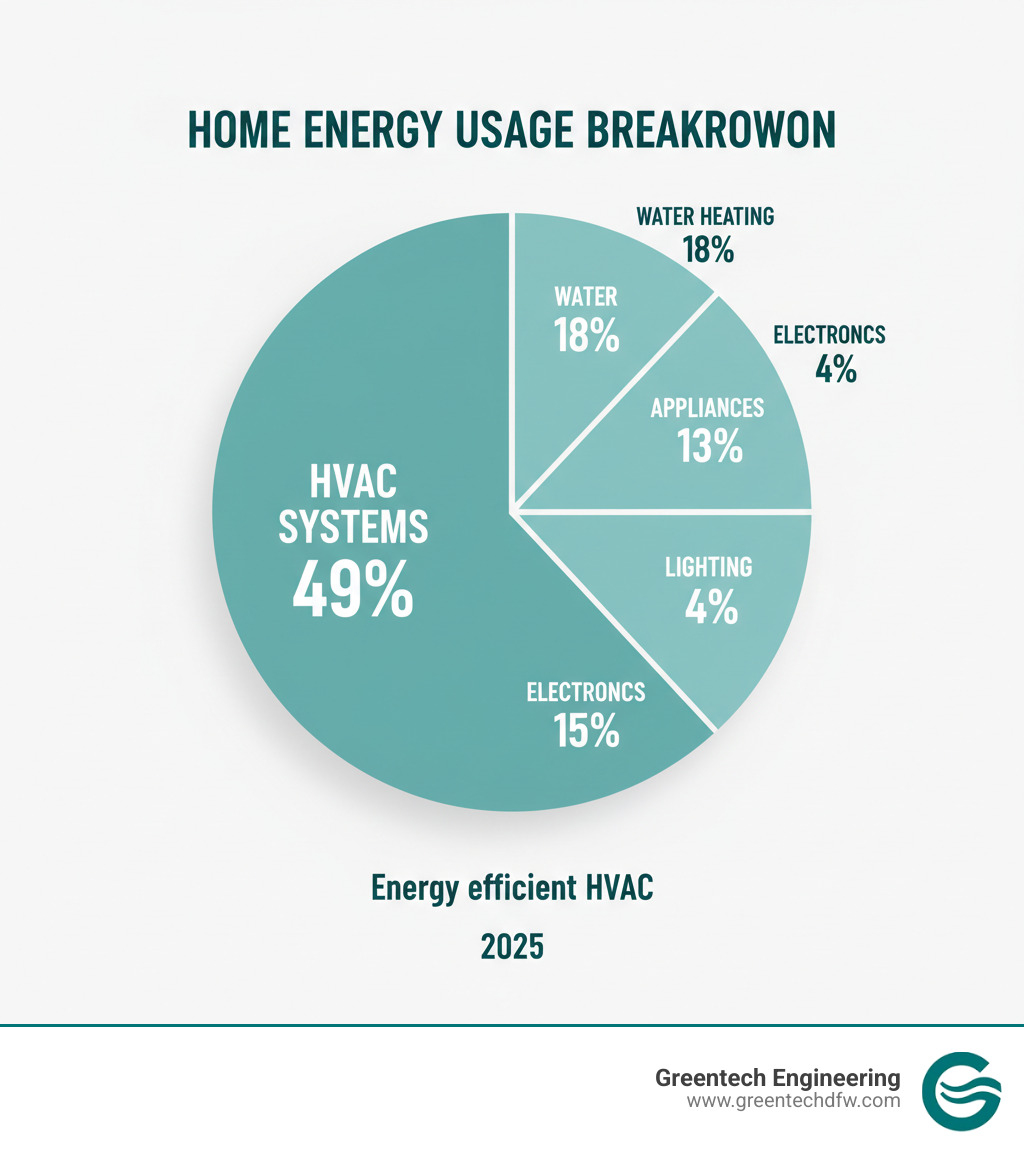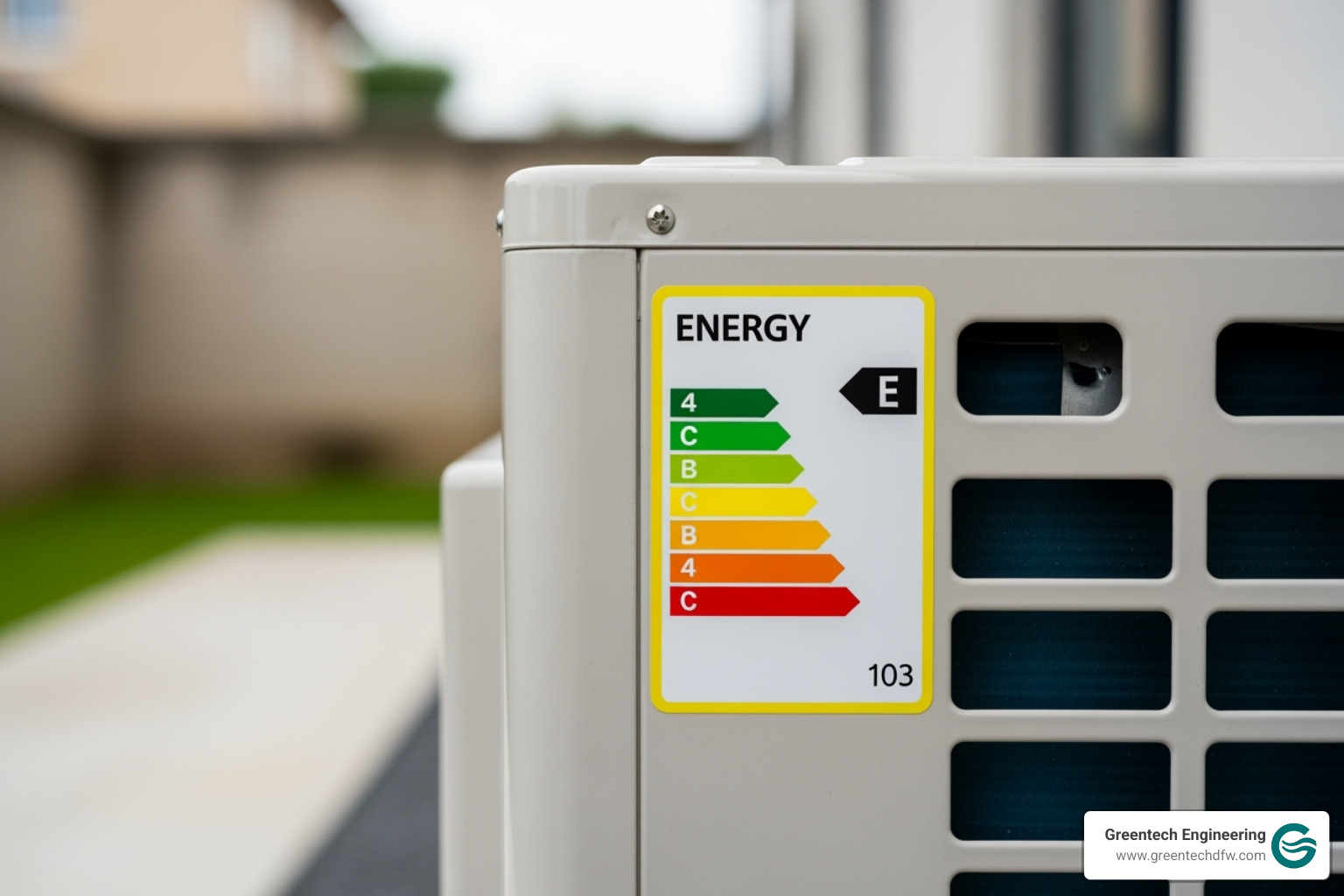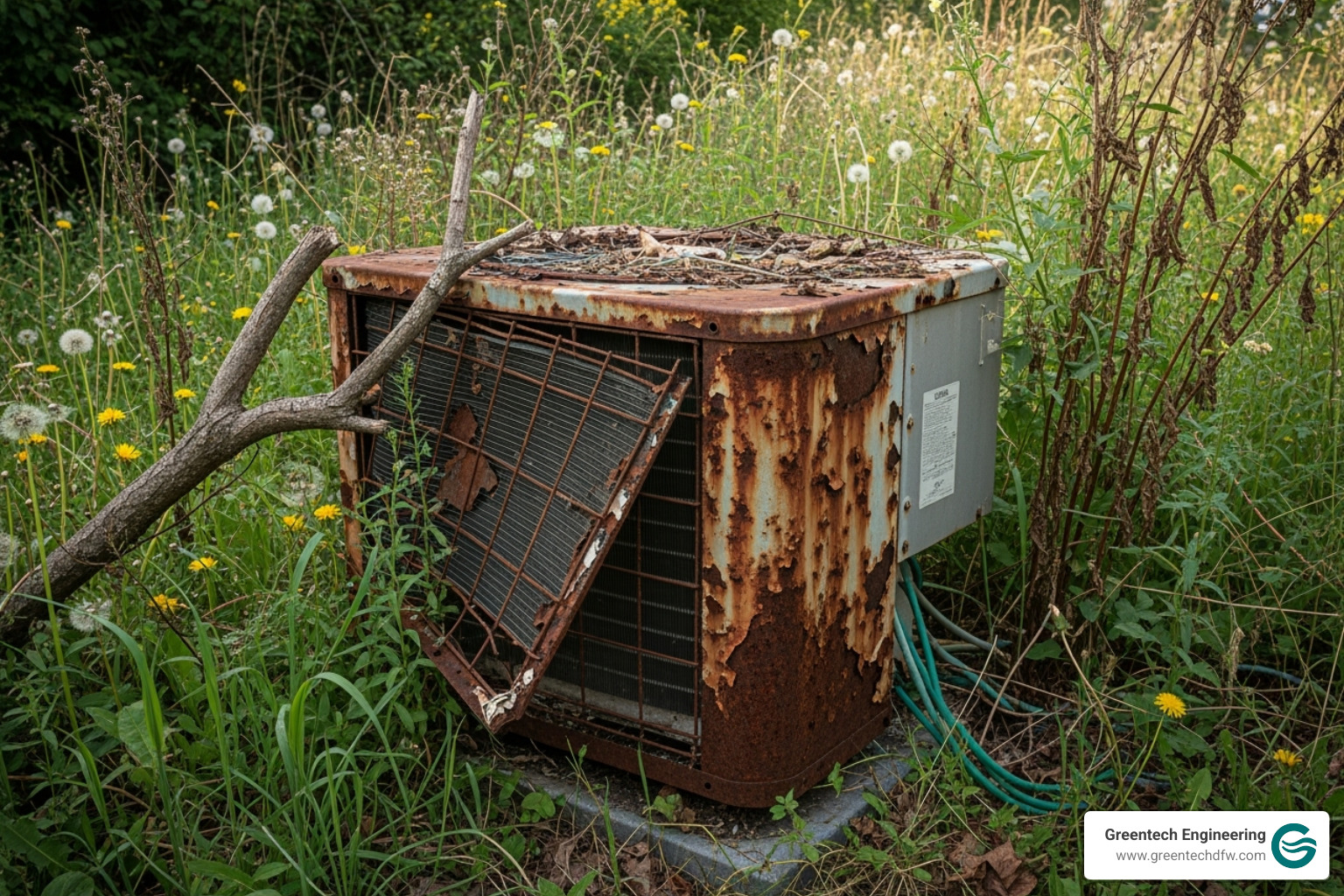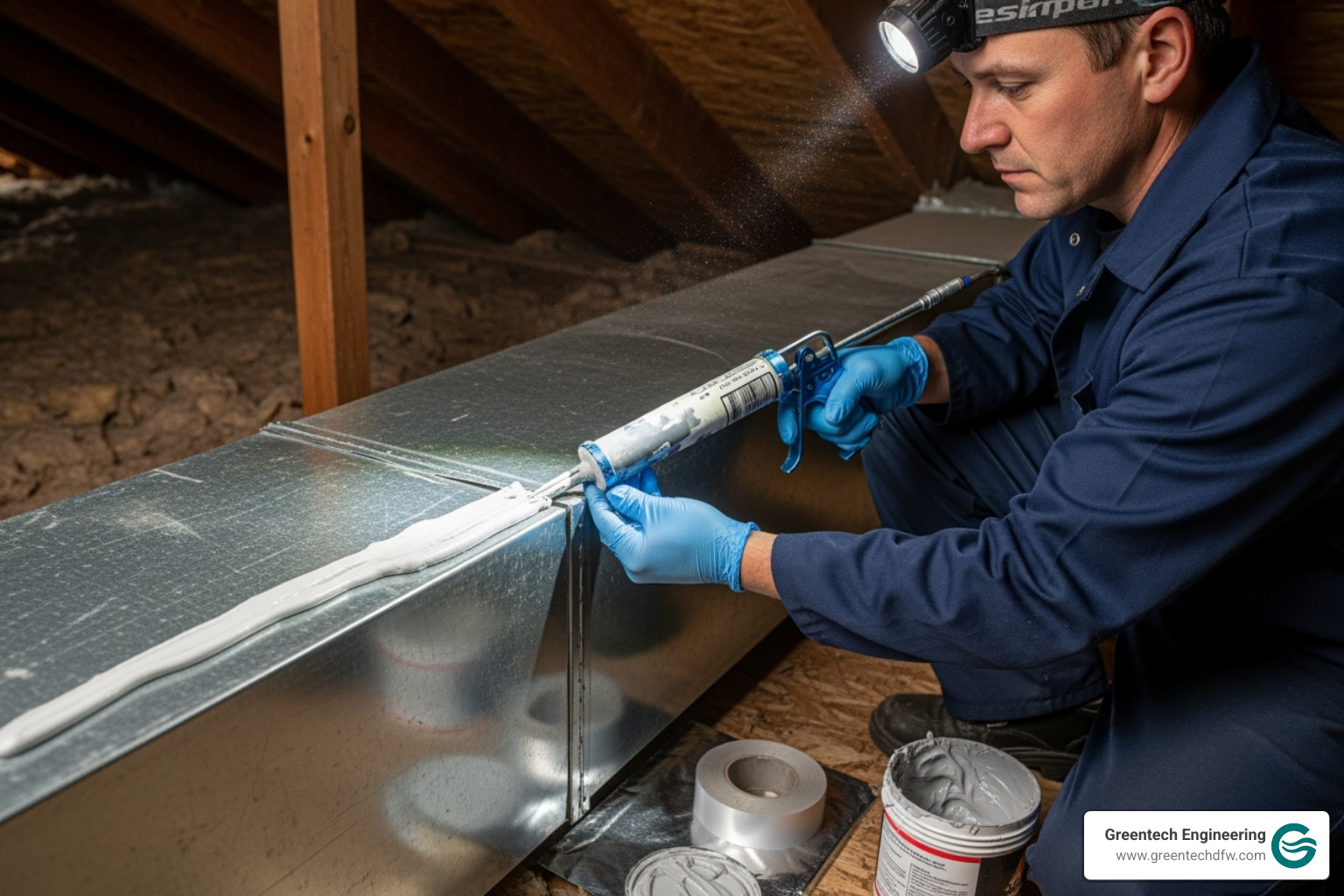Why Energy Efficient HVAC is Your Home’s Best Investment
Energy efficient HVAC systems are designed to provide maximum comfort while using minimal energy. Key features include:
- Higher efficiency ratings (SEER 14.5+, AFUE 90%+)
- Advanced technology like variable-speed compressors and smart thermostats
- ENERGY STAR certification for verified performance
- Significant savings of up to $140 annually on energy bills
- Better comfort through consistent temperatures and humidity control
Nearly half of your home’s energy use goes to heating and cooling, a major expense for DFW homeowners facing scorching summers and unpredictable winters. If your older AC unit struggles to keep up while your energy bills climb, it’s time for a change.
Modern energy efficient HVAC systems can cut your annual energy bill by nearly $140 compared to older units. Today’s ENERGY STAR qualified models use 30-40% less energy than systems sold just 10-15 years ago.
Beyond savings, efficiency means reliable comfort during triple-digit Texas heat and peace of mind that your system won’t fail. It’s a smart investment that pays dividends for years. The technology has advanced significantly; while a 10-year-old unit may have a SEER rating of 7.0-8.0, new models can be twice as efficient, with SEER ratings as high as 28.
The Core of an Energy Efficient HVAC System
An energy efficient HVAC system is a team of components working together to keep your home comfortable and your energy bills low. Understanding these parts helps you make smart decisions for your home and budget.
Key Components and Their Role in Efficiency
The heart of a modern energy efficient HVAC system includes several key components designed for peak performance.
- Variable-speed compressors adjust their speed to precisely match your home’s needs, running longer at lower speeds for more consistent temperatures, better humidity control, and less energy waste.
- Smart fans work with the compressor, moving air more efficiently and quietly by adjusting speed based on demand.
- Evaporator coils absorb warmth from your indoor air. High-efficiency coils have more surface area to capture heat with less effort.
- Condensers in the outdoor unit release captured heat. A better condenser means the entire system works less to keep you cool.
- Heat exchangers in furnaces and heat pumps transfer heat efficiently. High-efficiency models ensure nearly all fuel energy becomes usable heat.
Modern systems also use advanced refrigerants like R-32, which are more environmentally friendly and efficient. You can learn more about why we choose R-32 refrigerant for your home’s AC and heat pump.
Decoding Energy Efficiency Ratings
When shopping for an energy efficient HVAC system, these ratings are your guide to performance and savings.
- SEER (Seasonal Energy Efficiency Ratio) measures cooling efficiency over a season. Like MPG for a car, a higher number means more cooling per dollar. Today’s systems can reach SEER ratings of 28, a huge leap from older units at 7 or 8. Understanding what SEER2 is and why Texas homeowners should care is key for our climate.
- EER (Energy Efficiency Ratio) measures cooling efficiency at a specific peak temperature (95°F).
- HSPF (Heating Seasonal Performance Factor) measures a heat pump’s heating efficiency. A higher number means more warmth for less energy.
- AFUE (Annual Fuel Utilization Efficiency) applies to furnaces, indicating the percentage of fuel converted to heat. A 90% AFUE means 90 cents of every dollar becomes heat.
| Rating | Measurement Focus | Higher Number Means | Typical Range |
|---|---|---|---|
| SEER | Cooling Efficiency (Seasonal) | More Efficient Cooling | 13 – 28+ |
| EER | Cooling Efficiency (Specific Conditions) | More Efficient Cooling | 8 – 15+ |
| HSPF | Heat Pump Heating Efficiency (Seasonal) | More Efficient Heating | 6.7 – 13+ |
| AFUE | Furnace Heating Efficiency (Fuel Conversion) | More Efficient Heating | 80% – 98%+ |
The ENERGY STAR® Advantage
The ENERGY STAR® label signifies that an energy efficient HVAC system has passed rigorous third-party testing by the U.S. Environmental Protection Agency. It’s a seal of approval backed by strict performance standards and surprise “off-the-shelf” testing to ensure compliance.
Replacing an older system with ENERGY STAR certified equipment can cut nearly $140 from your annual energy bill. These systems use up to 20% less energy than standard new units, adding up to real savings. By choosing an ENERGY STAR product, you also reduce greenhouse gas emissions, making a choice that’s good for your budget and the environment.
Choosing the Right High-Efficiency System for Your Home
Finding the perfect energy efficient HVAC system requires matching it to your home’s unique layout, sun exposure, and comfort needs. Today’s market offers more efficient options than ever.
Comparing Types of Energy Efficient HVAC Systems
- Central Air Conditioners: The workhorses for homes with existing ductwork. High-efficiency models boast SEER ratings of 20 or higher, more than double the efficiency of older systems, providing reliable whole-home cooling.
- Heat Pumps: These versatile units provide both heating and cooling by moving heat. They are ideal for the Texas climate, offering strong cooling and reliable heating with SEER ratings often reaching 20-25. Learn more about how heat pumps explained work their magic.
- Ductless Mini-Splits: Perfect for homes without ductwork, new additions, or for room-by-room temperature control. They are among the most energy-efficient options available.
- High-Efficiency Furnaces: For homes using natural gas or propane, these units achieve AFUE ratings of 90% or more, converting nearly all fuel into usable heat.
- Geothermal Systems: The pinnacle of efficiency, these systems use the earth’s stable underground temperature for heating and cooling. They have the lowest operating costs but a higher upfront investment.
Many DFW homeowners are finding success with brands that prioritize reliability, which is why more Texas homeowners are switching to Daikin for their HVAC systems.
Factors to Consider for Your DFW Home
Choosing the right energy efficient HVAC for the DFW area involves several key factors:
- Home Size and Layout: A system must be sized correctly using professional load calculations. An oversized unit short-cycles and fails to dehumidify, while an undersized one runs constantly without providing comfort.
- Texas Climate: Our climate demands robust cooling and reliable heating. Heat pumps are popular because they handle both seasons efficiently.
- Home Envelope (Insulation, Windows, Sun Exposure): Your home’s ability to resist heat transfer is crucial. Poor insulation, single-pane windows, or intense sun exposure forces your HVAC system to work harder. Proper insulation is key, as explained in the role of attic insulation in HVAC efficiency.
Signs Your Current HVAC System is Inefficient
Your system will often signal when it’s losing efficiency. Recognizing these signs can help you act before a major breakdown.
- Age: If your system is over 10 years old, it’s likely far less efficient than modern units.
- Rising Energy Bills: Costs that creep up despite similar usage indicate declining efficiency.
- Frequent Breakdowns: More than one repair call a year is a red flag that the system is failing.
- Uneven Temperatures: Hot and cold spots suggest issues with sizing or ductwork.
- Strange Noises or Odors: Grinding or squealing sounds point to mechanical problems, while musty smells can indicate mold. Our guide on signs your AC needs professional repair can help you diagnose the issue.
Recognizing these signs early allows you to research and plan for a replacement proactively, saving you from an emergency call during a heatwave.
The Whole-Home Approach to Peak HVAC Efficiency
An energy efficient HVAC unit is only one part of the equation. To open up its full potential, you need a whole-home approach that includes proper installation, sealed ductwork, and quality insulation. When these elements work in harmony, you get lower bills, consistent comfort, and a longer-lasting system.
Why Proper Installation is Non-Negotiable
Even the most advanced energy efficient HVAC system can lose up to 30% of its efficiency from poor installation. Proper installation is not a step to be skipped.
- Correct System Sizing: We perform detailed load calculations based on your home’s unique characteristics. An improperly sized system will either short-cycle (too big) or run constantly (too small), wasting energy and reducing comfort.
- Airflow and Refrigerant: Proper airflow configuration ensures conditioned air reaches every room, while precise refrigerant charging prevents damage and inefficiency.
Our Understanding AC Installation process is handled by NATE-certified technicians who have demonstrated mastery in their field, ensuring your system is installed right the first time.
The Hidden Energy Thief: Leaky Ductwork
Leaky ducts can allow a significant portion of your conditioned air to escape into your attic or crawlspace. Sealing and insulating ducts can improve your system’s efficiency by as much as 20 percent or more.
This is especially true for ducts running through unconditioned spaces. Leaky ducts not only waste energy but also pull in dust, allergens, and other contaminants, hurting your home’s air quality. Professional sealing uses durable mastic sealant and metal-backed foil tape to create lasting airtight seals, unlike standard duct tape which deteriorates quickly.
The Unsung Hero: Attic Insulation
If your energy efficient HVAC system is the engine, attic insulation is the protective shell. Without it, your system works much harder than it needs to.
In our Texas summers, poor insulation allows intense heat to radiate into your home. In winter, heated air escapes through the roof. Proper insulation reduces the HVAC workload by creating a thermal barrier. Its effectiveness is measured by R-value—the higher the R-value, the better the insulating power.
This barrier prevents heat gain in summer and heat loss in winter, allowing your system to maintain comfort easily. The result is lower energy bills and a longer lifespan for your equipment. Learn more about How Proper Attic Insulation Affects Bills and The Role of Attic Insulation in HVAC Efficiency to see the full picture.
Maximizing Savings: Smart Use, Maintenance, and Incentives
With an energy efficient HVAC system installed, the next step is to maximize its value. Proper use, regular maintenance, and smart technology will help you get the most out of your investment.
Essential Maintenance for Peak Performance
Regular maintenance ensures your energy efficient HVAC system operates at the peak efficiency you paid for. Key tasks include:
- Changing Air Filters: A dirty filter restricts airflow, forcing your system to work harder. Check filters monthly and replace them at least every three months.
- Cleaning Coils and Fins: Your outdoor unit’s coils can collect dirt and debris, which hinders heat release. A gentle rinse with a garden hose can keep them clean.
- Clearing Drain Lines: Prevent water backups and mold growth by flushing the condensate drain line periodically.
- Professional Annual Tune-ups: A yearly inspection by a technician is crucial. They check refrigerant levels, clean components thoroughly, and catch small issues before they become major problems. This investment pays for itself in efficiency and longevity, as detailed in the Benefits of Regular AC Maintenance.
Smart Technology for an Efficient Home
Smart thermostats are a powerful tool for efficiency. They learn your daily patterns and automatically adjust temperatures when you’re away, so you’re not paying to cool an empty house. With programmable schedules and remote access via your smartphone, you have complete control. Many homeowners save approximately $100 per year with an ENERGY STAR certified smart thermostat.
Zoning systems offer even greater control by allowing you to set different temperatures for different areas of your home, further reducing energy waste.
Financial Perks and Environmental Benefits of an Energy Efficient HVAC
Choosing an energy efficient HVAC system comes with financial incentives that make the investment even more attractive.
- Federal tax credits can directly reduce your tax liability when you install qualifying equipment.
- Utility rebates and incentives are often available. Find local rebates and incentives in your area to see what you qualify for.
- Manufacturer rebates provide another layer of savings.
We’ve helped clients combine these programs for substantial savings, like this Daikin HVAC System Installation in Southlake, TX: High Efficiency AC & Furnace with $1200 Tax Credit.
Beyond the financial benefits, your reduced carbon footprint contributes to cleaner air and a healthier environment.
Frequently Asked Questions about Energy Efficient HVAC
We often hear the same thoughtful questions from homeowners about energy efficient HVAC systems. Here are the answers that matter most.
What SEER rating is best for the hot Texas climate?
For our relentless Texas heat, a higher SEER rating is crucial for comfort and savings. We recommend a SEER2 rating of 16 or higher to see a real impact on your energy bills. A rating of at least 17 offers an excellent balance of upfront investment and long-term efficiency. While older units operate around 8 SEER, today’s top models can reach 28 SEER, offering incredible energy savings. You can learn more about What is SEER2 and Why Should Texas Homeowners Care? to understand the latest standards.
How much can I really save with an energy-efficient HVAC system?
The savings are genuinely impressive. While your exact savings depend on your old unit’s inefficiency and your home’s insulation, upgrading from a 10 SEER unit to a modern 16+ SEER system can slash your cooling costs by 30-50%. On average, replacing old equipment with an ENERGY STAR certified system can cut your annual energy bill by nearly $140. Adding an ENERGY STAR certified smart thermostat can save you another $100 per year. These savings add up significantly over the system’s lifespan.
Is it better to repair my old AC or replace it with an efficient model?
This is a common dilemma. Our honest advice is that if your system is over 10 years old, requires frequent and costly repairs, or uses outdated refrigerant, replacement is usually the smarter long-term investment. While a single repair may seem cheaper, the costs of repeated service calls and high energy bills from an inefficient unit add up quickly. A new, efficient system provides lower energy bills, reliable performance, and comprehensive warranty coverage for true peace of mind. Furthermore, if your old system was installed improperly—a common issue—a new, correctly installed unit will deliver even greater efficiency benefits.
Conclusion
Investing in an energy efficient HVAC system is more than an equipment upgrade—it’s a change of your home comfort experience. You’re choosing significant cost savings, with the potential to cut annual energy bills by nearly $140. You’re gaining reliable comfort with consistent temperatures, even during a Texas heat wave. And you’re making an eco-friendly choice that reduces your carbon footprint.
This is an investment that pays you back every month on your utility bill and provides peace of mind for years to come. At Greentech Engineering, our expertise is in finding the right solution for your DFW home, your comfort needs, and your budget. We offer a straightforward, honest approach from system selection to flawless installation.
The technology has never been better, and the incentives are highly attractive. Your home is your sanctuary; it deserves to be as comfortable and efficient as possible.
Ready to experience true home comfort? Take the next step toward a more efficient home with a complete system replacement. Let’s create the comfortable, efficient home your family deserves.

